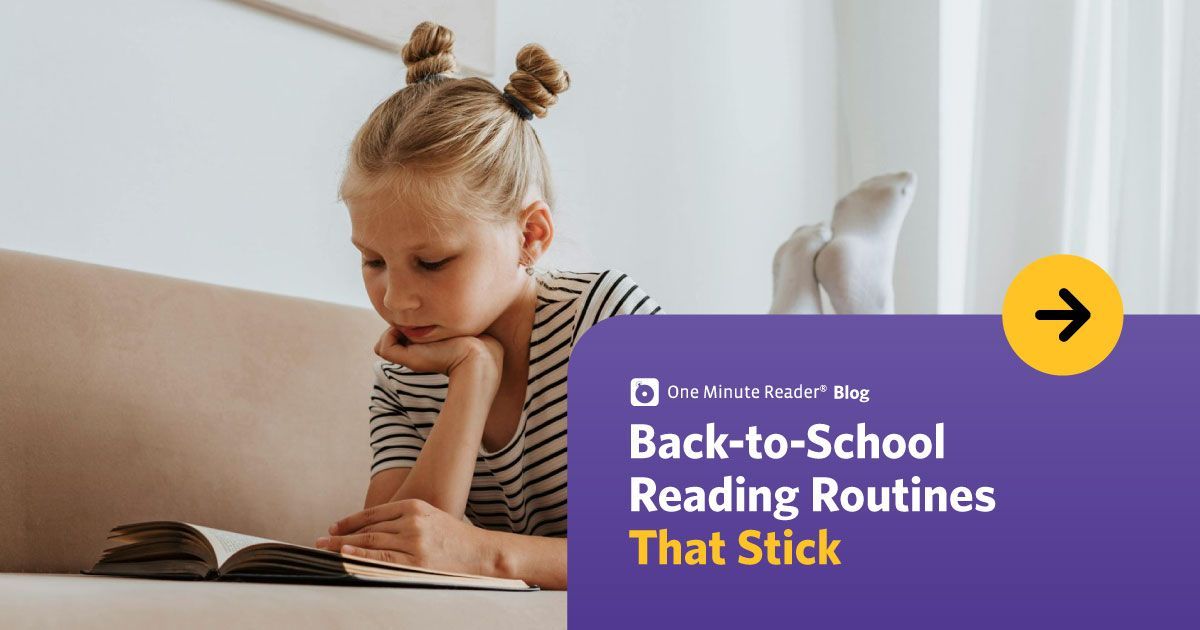Blog
Giving Real Thanks—And Boosting Literacy at the Same Time!
Children around the country will be asked the same question several times this month: What are you thankful for? While some children will take the time to pause and give a thoughtful answer, many will just answer the question quickly (“I’m thankful for my family and friends”) without taking the time to consider the meaning of what they’re saying. In fact, many adults will do the same thing.
Encourage your kids to think about gratitude in a different way this year. True gratitude is not expressed by simply saying what we’re thankful for. True gratitude comes with action. It is the feeling of being thankful, plus the action of reaching out and finding a way to thank the source of that feeling. This a good practice to foster in your kids, and there are ways to make it a literacy-boosting activity. Win, win!
If you’d like to give this a try with your kids, help your kids write down what they’re thankful for. Then, have them take action in the coming weeks with a related reading or writing activity. For example, if a child says he is thankful for his parents, have him write them a note expressing this gratitude. If a child says she is thankful for the earth, point her toward some reading material that celebrates the earth. Have her channel her thanks into a deeper understanding of some of the issues our planet faces.
Here are a few more examples:
“I’m thankful for food.” = Who prepared that food for you? Write that person a note to tell them why you’re thankful for it.
“I’m thankful for my pet.” = Pets love to hear their owners’ voices. Pick a favorite book and read it aloud to your pet as a way of letting him know you appreciate him.
“I’m thankful for recess.” = Who do you play with at recess? Write that person a note. OR: Why does it feel good to play outside? Read an outdoor magazine or nature book and make a list of outdoor activities you enjoy.
“I’m thankful for my computer.” = Technology helps us learn amazing things in exciting new ways. Use your favorite reading tool or reading game, such as One Minute Reader, and then write down how the computer made learning more enjoyable for you.
Encouraging your kids to not just say thank you, but to also act on that feeling, will help them think more deeply about real gratitude.
We at One Minute Reader are thankful for YOU for all that you do to help your kids. We hope you have a wonderful Thanksgiving holiday.
Highlighted Posts
Ready to see an improvement in your child's reading?
Sign up today and get seven days for FREE.
One Minute Reader is just $8 per month after your free trial.


